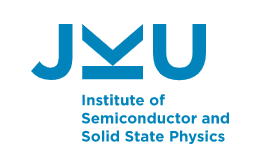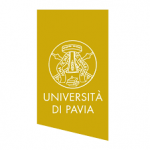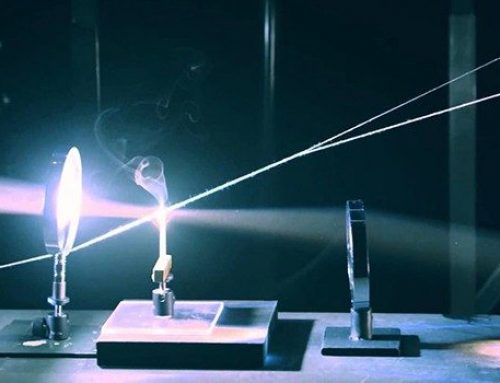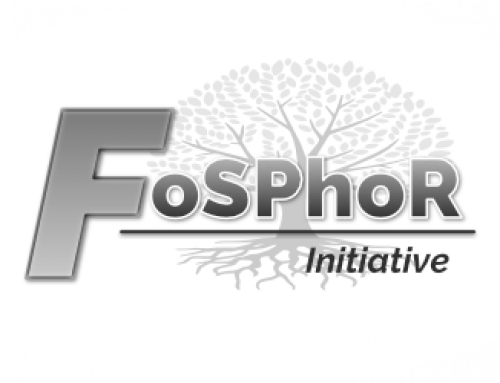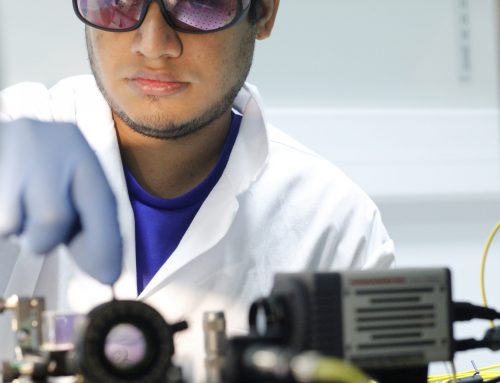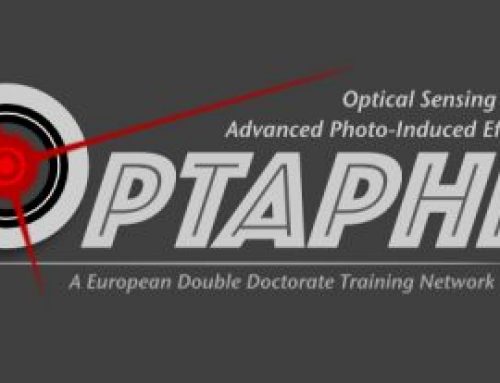Project Description
CUSPIDOR

Project Description
The efficient generation of quantum states of light is a vital task in Quantum Photonics. Current approaches are bulky and expensive with low generation rates and the few commercial single photon sources are either not compatible with telecoms standards, require cryogenic temperatures or are bulky benchtop devices. CUSPIDOR will develop a novel integrated photonic platform relying on a fully CMOS-compatible technology, which will provide compact and highly efficient sources of deterministic single photons at telecommunications wavelengths. Using quantum electro-dynamics principles, silicon- germanium quantum dots (QDs) in silicon will be optimised for high radiative efficiency at temperatures up to 300K. Ion implantation will be implemented during growth, modifying the electron wave function and improving the radiative recombination rate. Optimal and deterministic coupling of the QDs with high quality-factor resonators will be achieved by site controlled QD growth in combination with precisely aligned, lithographically defined photonic crystal resonators, allowing upscaling and a straight forward implementation of areas of identical single photon sources. Combining these sources with lateral p-i-n diodes will yield electrically triggered single photon emitters. By using the QD to provide a strong optical nonlinearity, a single photon source (SPS) will be realized via the implementation of an on-chip photon blockade. Quantum interference in a photonic molecule increases the system’s sensitivity providing a practical path to the first integrated photon blockade device – i.e. a “holy grail” of the Quantum photonics community – and provide opportunities for coherent protocols not possible with a single quantum dot. The project will create a strong team of quantum photonics researchers proficient with material design and growth, advanced CMOS processes and nanophotonics design, who will become the basis of a new community spanning these diverse fields. A firm basis of design skills and fabrication expertise will be established that will provide a springboard for further innovation and the exploitation of quantum light sources. This consortium will exploit the state-of-art advances in CMOS processing to realise advanced photonic crystal components that will dramatically improve the functionality of the silicon-germanium devices. The final target is a demonstrator for a compact, integrated, and flexible source of quantum states of light ready for prototyping.
Consortium
The CUSPIDOR consortium consists of the Centre for Advanced Photonics & Process Analysis (CAPPA), Munster Technological University, Department of Condensed Matter Physics, Masaryk University, Tyndall National Institute, Cork, Institute of Semiconductor and Solid State Physics, JKU and Dipartimento di Fisica, UNIPV
Approach
This project is at the heart of the “Novel sources for quantum information and communication” and “integrated quantum photonics” targets as defined in the QuantERA call. It will develop novel, integrated and fully CMOS compatible photonic sources for quantum communication at telecommunication wavelengths, specifically for integration with existing, SOI-based quantum photonic circuits. The CUSPIDOR sources of quantum states are specifically designed for compatibility with the existing fibre networks and may be seamlessly embedded into the long distance quantum communication networks.



